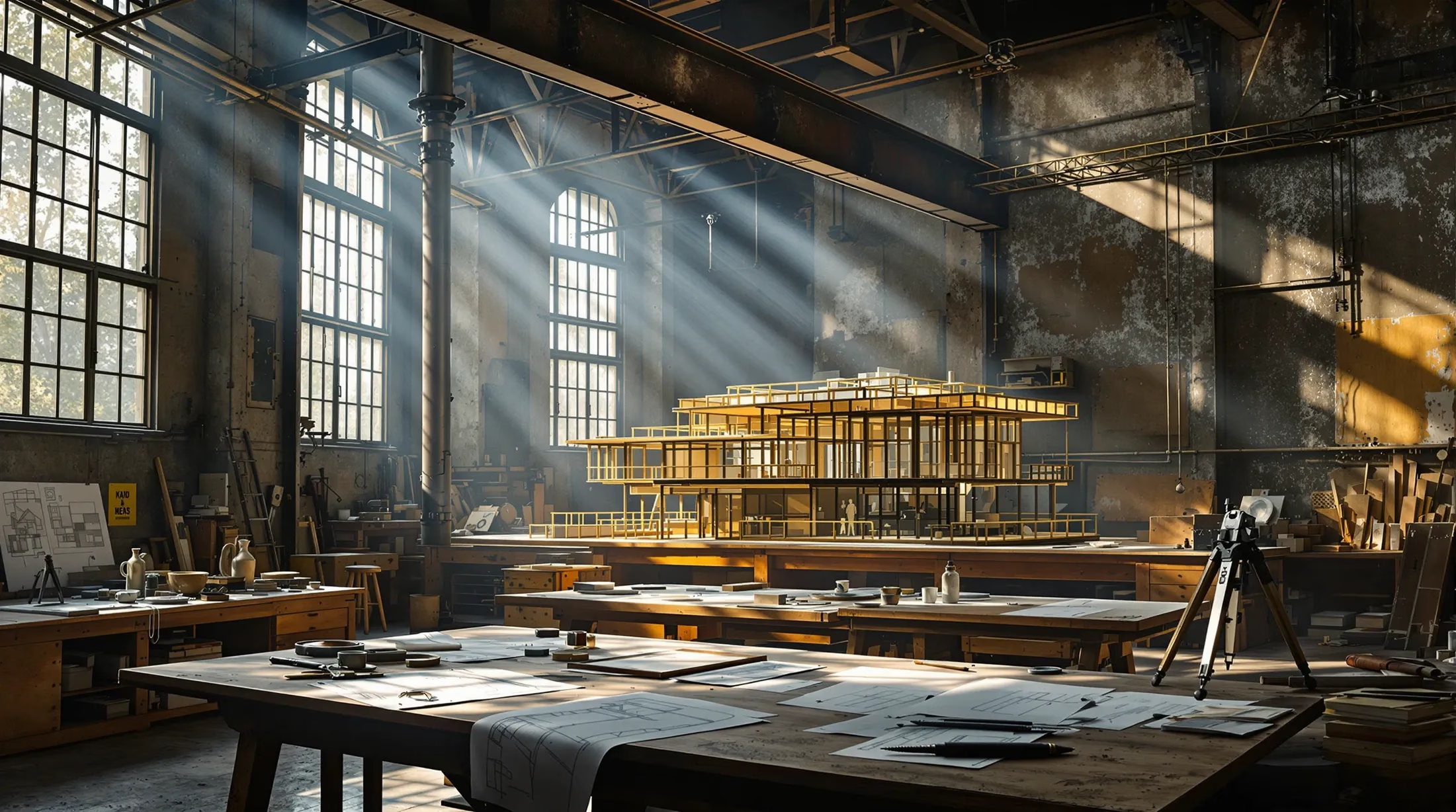What Does a Structural Engineer Do? Understanding Their Role and Responsibilities
From the soaring skyscrapers that define modern cityscapes to the bridges connecting communities, structural engineers play a pivotal role in shaping our built environment. Their expertise ensures the safety and stability of the structures we interact with daily. Let’s explore the fascinating world of structural engineering and understand what makes these professionals indispensable in construction and infrastructure development.
Structural engineering represents a sophisticated blend of physics, mathematics, and creative design within civil engineering. These professionals analyze and design structures that withstand various forces and loads, ensuring the safety of everything from residential buildings to complex infrastructure projects. Their work combines technical precision with innovative problem-solving, creating the foundation for our modern built environment.
What is Structural Engineering?
At its core, structural engineering applies physics and mechanics principles to create and analyze man-made structures. These professionals focus on ensuring buildings, bridges, and other structures can safely handle multiple types of loads, including:
- Dead loads (structure’s own weight)
- Live loads (occupants and movable objects)
- Environmental forces (wind, snow, seismic activity)
- Dynamic loads (vibrations and moving forces)
- Thermal stresses
The Importance of Structural Engineers
Structural engineers serve as guardians of public safety in our built environment. Their expertise prevents potential catastrophes by ensuring structures won’t fail under various conditions. Beyond safety, they drive innovation in construction by:
- Optimizing material usage and reducing costs
- Enabling ambitious architectural designs
- Evaluating existing structures for renovation
- Assessing damage after natural disasters
- Contributing to sustainable construction practices
Key Responsibilities of a Structural Engineer
Structural engineers manage diverse responsibilities that ensure the integrity of our built environment. Their work encompasses everything from initial concept development to final construction oversight, requiring both technical expertise and practical problem-solving skills.
Design and Analysis of Structures
The design process involves sophisticated computational tools and mathematical models to analyze structural behavior. Engineers must:
- Create detailed structural calculations and models
- Simulate responses to various load conditions
- Develop precise technical specifications
- Collaborate with architects and construction teams
- Optimize designs for safety and efficiency
Selection of Construction Materials
Material selection requires careful consideration of multiple factors to ensure optimal structural performance. Engineers evaluate materials based on:
| Factor | Consideration |
|---|---|
| Strength | Load-bearing capacity and durability |
| Environment | Resistance to weather and corrosion |
| Cost | Initial and long-term maintenance expenses |
| Sustainability | Environmental impact and recyclability |
| Availability | Local sourcing and supply chain reliability |
Ensuring Compliance with Building Codes
Compliance with building codes and regulations forms a fundamental obligation for structural engineers, establishing the legal and ethical framework for their work. These codes set minimum standards for safety, accessibility, and performance across construction projects. Engineers must stay current with international, national, state, and local regulations—an increasingly complex task as standards evolve to incorporate new research, technologies, and lessons from structural failures.
- Securing necessary approvals from building authorities
- Preparing comprehensive permit documentation
- Conducting regular site inspections
- Verifying implementation against approved plans
- Ensuring code compliance throughout construction
- Performing final inspections and documentation
Skills Required for Structural Engineers
Success in structural engineering requires a sophisticated blend of technical expertise and creative problem-solving abilities. Modern structural engineers combine mathematical prowess with technological aptitude while maintaining a balance between innovative vision and analytical precision. Their role extends beyond technical work, demanding strong interpersonal skills for effective collaboration with architects, contractors, clients, and regulatory authorities.
Technical Skills and Knowledge
| Skill Area | Required Competencies |
|---|---|
| Core Knowledge | Advanced mathematics, physics, mechanics, material properties |
| Software Proficiency | AutoCAD, Revit, SAP2000 for modeling and analysis |
| Materials Expertise | Concrete, steel, timber, composites behavior and applications |
| Regulatory Knowledge | Building codes, safety standards, design specifications |
Problem-Solving and Critical Thinking
Outstanding structural engineers excel in innovative problem-solving, addressing unique challenges from unusual loads to tight spatial constraints. Their approach combines analytical rigor with creative thinking, methodically breaking down complex problems while considering multiple variables simultaneously.
- Evaluating alternatives systematically
- Anticipating potential complications
- Making decisions under pressure
- Balancing safety with project constraints
- Adapting to changing requirements
Career Path and Opportunities in Structural Engineering
The structural engineering field offers diverse career paths across multiple sectors, including commercial construction, infrastructure development, residential projects, and specialized fields like marine or aerospace engineering. Professionals can focus on design excellence or project management, depending on their strengths and interests. With growing global infrastructure needs and emphasis on sustainable construction, qualified structural engineers continue to find expanding opportunities for professional growth and recognition through landmark projects, research contributions, or leadership roles in established firms.
Educational Requirements and Certifications
Pursuing a career in structural engineering begins with a bachelor’s degree in civil or structural engineering from an accredited institution. While entry-level positions are accessible with this qualification, many employers now prefer candidates with master’s degrees offering specialized knowledge in structural analysis, design methodologies, and advanced materials. Graduate programs cultivate deeper theoretical understanding and practical applications essential for complex structural challenges.
- Bachelor’s degree in civil or structural engineering (minimum requirement)
- Master’s degree for advanced positions and specialization
- Professional Engineer (PE) license requiring:
- Degree completion
- Fundamental engineering exam passage
- Supervised work experience
- Professional practice examination
- Additional certifications:
- Chartered Engineer (CEng) status in the UK
- Structural Engineer (SE) certification in the US
Job Opportunities and Career Growth
| Career Stage | Opportunities |
|---|---|
| Entry Level | Designer or analyst positions under senior supervision |
| Mid-Career | Project engineer roles with increased design responsibility |
| Advanced | Specialization in specific structures (high-rises, bridges, industrial facilities) |
| Leadership | Project management, department head, partner positions |
The field offers diverse advancement paths beyond technical roles, including project management and leadership positions. Some professionals establish their own consultancies after gaining sufficient experience. Emerging specialties in sustainable design, resilient infrastructure, and retrofit of aging structures provide additional opportunities. With ongoing global infrastructure development and new challenges in urban development and climate adaptation, qualified structural engineers enjoy positive long-term job prospects with significant potential for professional growth and impact.







